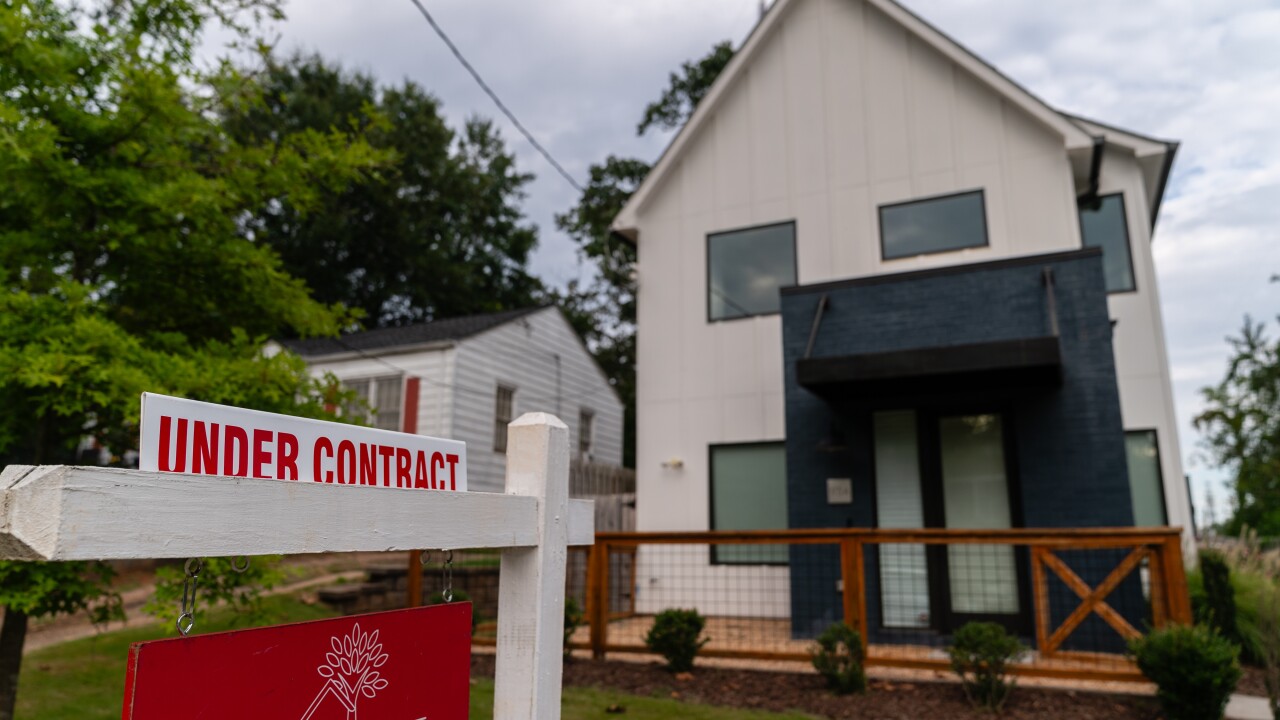The coronavirus era brought radical change to the housing market, driving interest rates to all-time lows, home value appreciation to a
Overall mortgage health increased as the economy recovered but
“You're going to see a lot of scrambling where people find out they have a very big ticket expense,” said Thomas Showalter, founder and CEO of Candor Technology. “It's going to be a bit chaotic and I seriously doubt the average delinquent borrower is prepared because I think most of them thought the past due interest payments were forgiven as opposed to forborne.”
Opinions differ on whether
To measure COVID-19’s effects, the Census Bureau created the Household Pulse Survey. The latest survey with data through July 5 showed 36% of households are not current on their rent or mortgage payments. That share will likely face eviction or foreclosure in the next two months, according to Sara Rutledge, founder and principal economist of SRR Consulting.
“Areas where employment was disrupted by the pandemic the most are the areas most vulnerable to mortgage distress,” Sharga said. “The answer is jobs, jobs, jobs.”
Across the country, Attom Data Solutions analyzed coronavirus-related
Among the 250 most vulnerable counties, Florida led the nation by accounting for 31, followed by 26 in California, 19 in both Illinois and Ohio and 17 in New Jersey.

Outside of Philadelphia, Delaware County, Pa., ranked as the country’s most vulnerable market. It had a 36.4% share of homes underwater at the end of the first quarter, about 0.05% of mortgaged properties filed for foreclosure as of the second quarter and it takes 51.7% of the average income to buy a median-priced home there.
Chicago-adjacent Kendall and McHenry Counties came next with 15.2%, 0.07% and 39.3%, and 19.3%, 0.06% and 34.1% splits, respectively. Passaic County, N.J., and Butte County, Calif., rounded out the top five while the remainder of the top 25 had six counties in New Jersey, five in Illinois, two in both Florida and Louisiana, and one each in Arizona, Connecticut, Delaware, New York and South Carolina.
“We have about 5,000 loans in active forbearance in Florida, 2,500 in New Jersey, 650 in Chicago and around 300 in Philadelphia. I think our loan portfolio mirrors the industry,” said Bob Hora, SVP of default operations at Cenlar. “These vulnerable areas are definitely an issue and I expect to see a lot of foreclosure activity in those places.”
The Consumer Financial Protection Bureau
“When the moratorium ends, servicers may still need to walk a fine line and go easy on foreclosure activity to ensure they don’t run afoul of the CFPB





